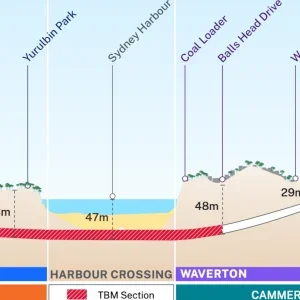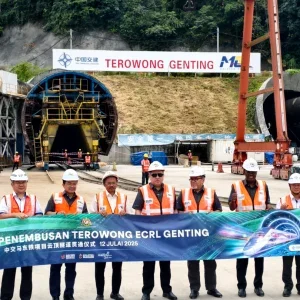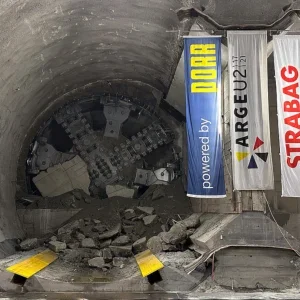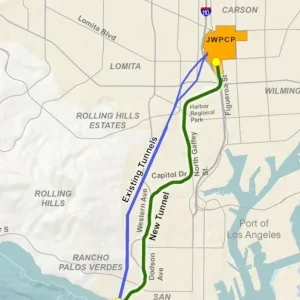A Seli spokesperson told T&TI that the cause of the collapse on the Gilgel Gibe II was “extremely high rock/mud pressure of a major fault associated with loose cyclopic dolerite blocks and round boulders.”
She continued, “One possibility is that the faulty ground (high pressure mud mix with round boulders) in this area was separated from the tunnel by a relatively thin diaphragm of a fractured dolerite dike. When mud pressure was able to break the diaphragm, a sudden concentrated and dynamic load of mud and blocks acted on the tunnel section causing the damage.”
However, consultant engineer Christopher Douglas of Electro Consult told reporters, “it is still too early to say whether what happened was because of geological reasons.”
The client Epco will leave Salini, Seli and a team of expert consultants to investigate the exact cause of the collapse and the repair measures needed to see the plant fully operational.
“The event effected only 15m of tunnel out of a total of 26,000m and there is no doubt that the problem will be solved in a minimal period of time and at minimal cost,” the Seli spokesperson told T&TI.
She continued, “Briefly the works to be performed are tunnel cleaning, repair and reinforcement of 15m of partially-damaged segments, and final consolidation grouting. An alternative short bypass is also a viable solution currently under consideration.”
Seli foresees closure of the plant to last two to three months for repair.
The €374M (US$512.5M) project is Ethiopia’s biggest power plant. The project channels the water discharged from the Gilgel Gibe 1 Dam through a long tunnel and a steep drop directly to the valley of the Omo River.







